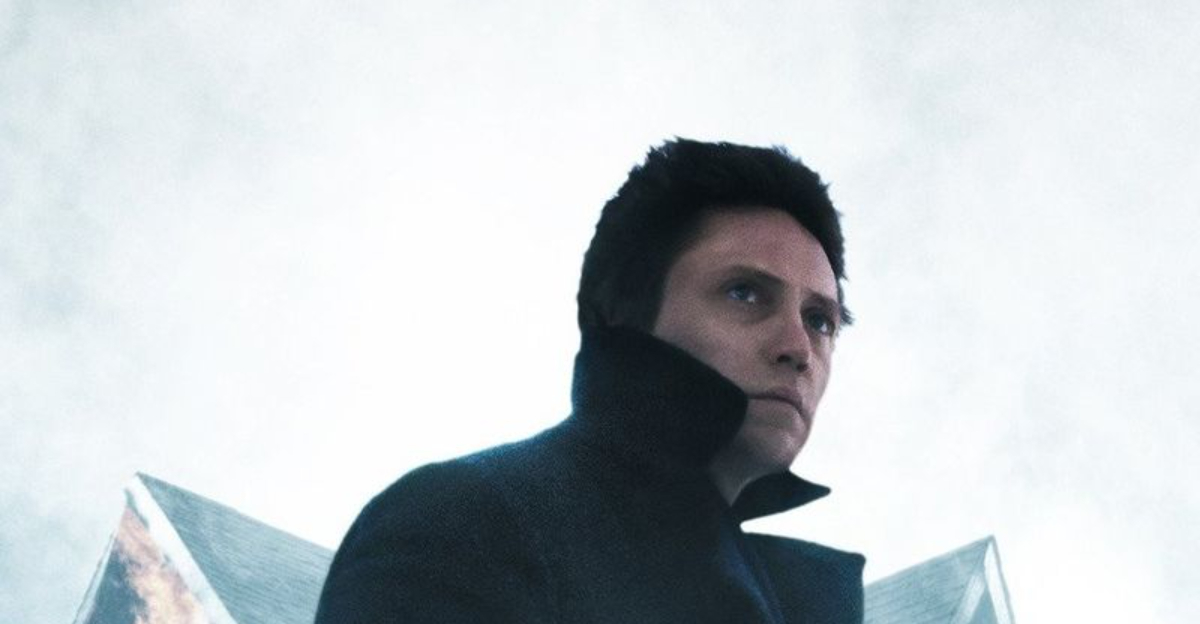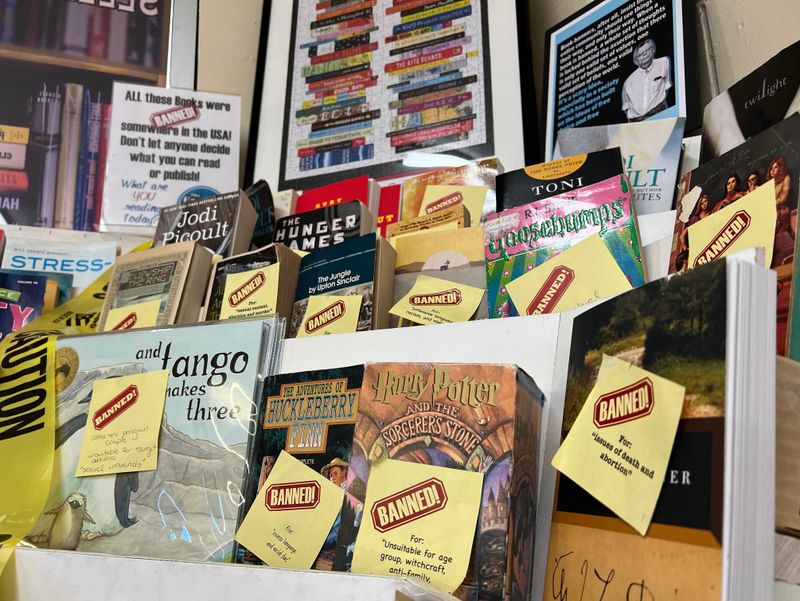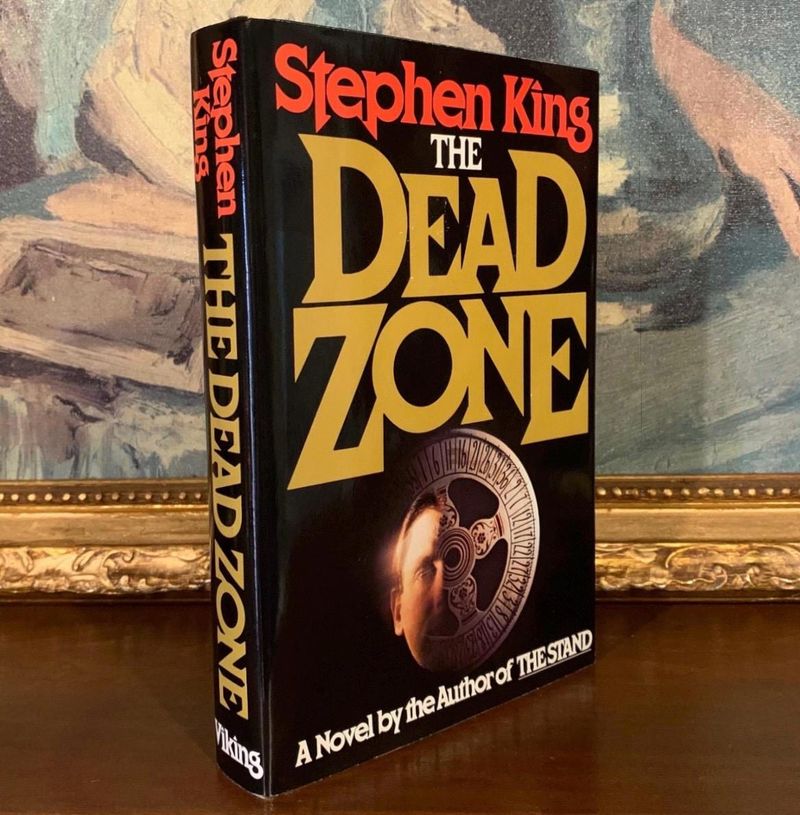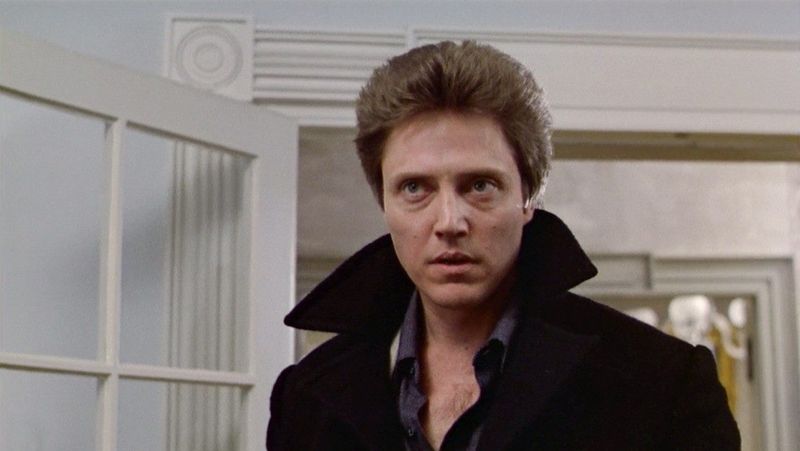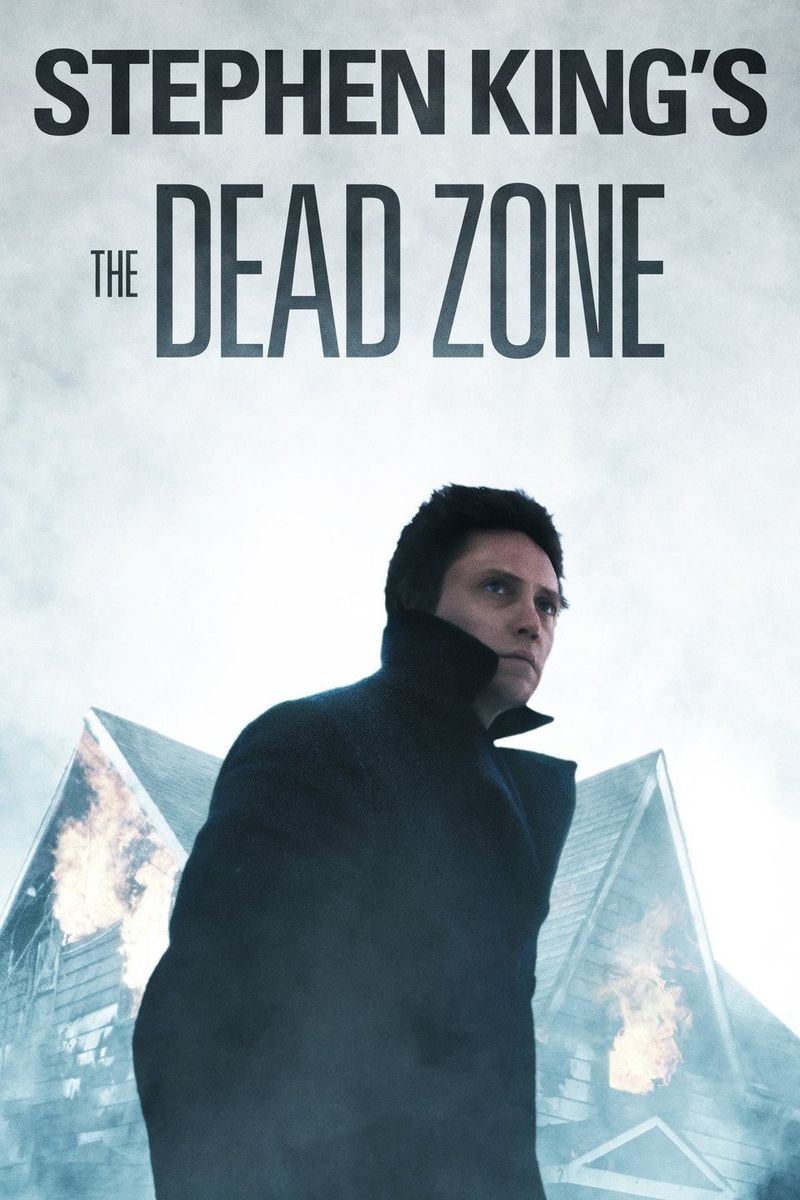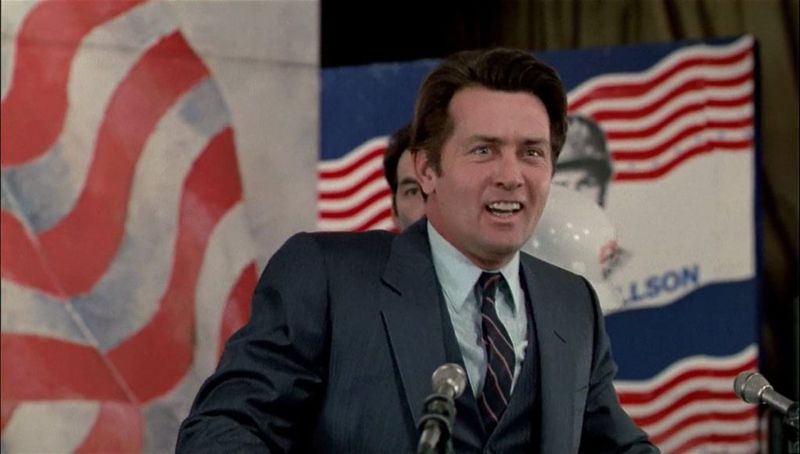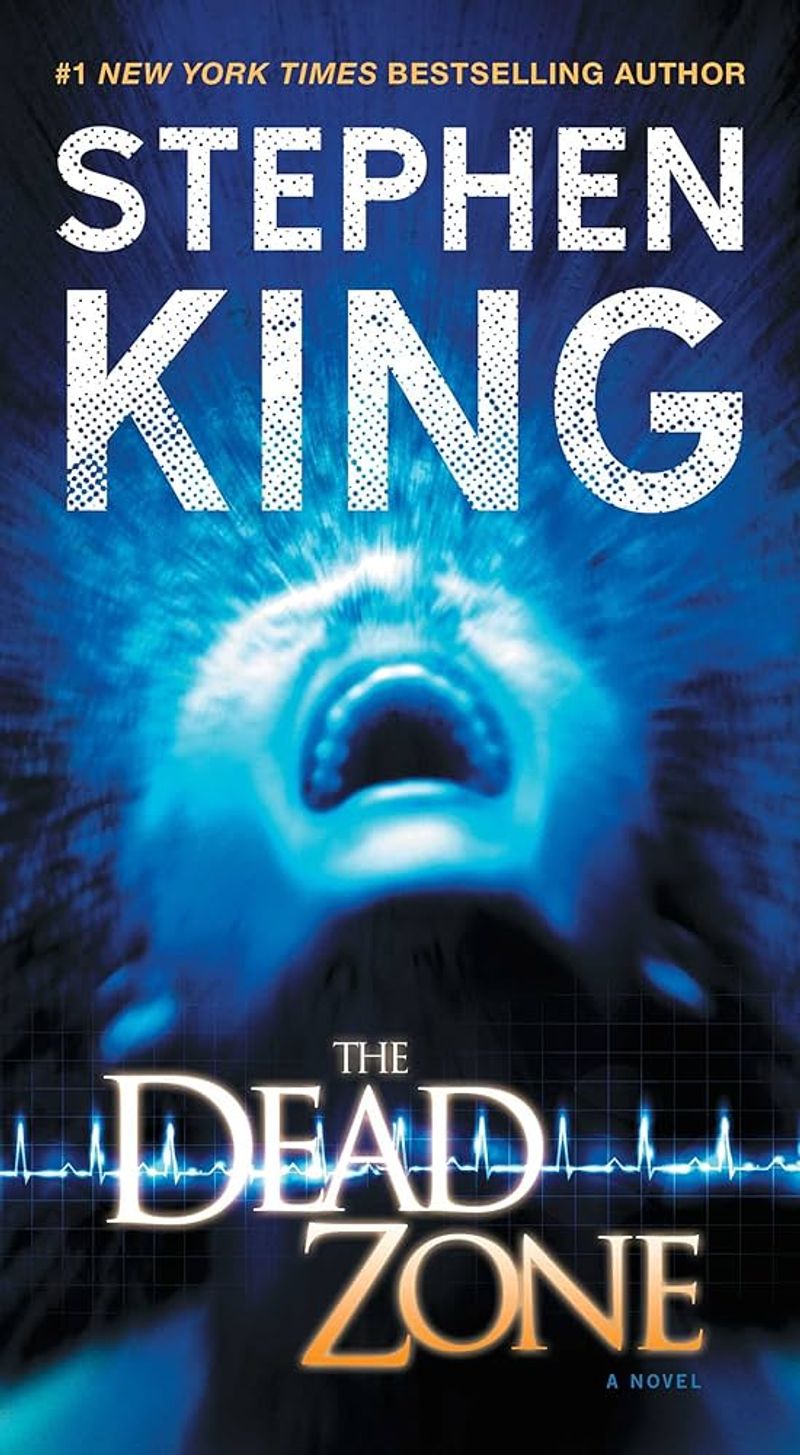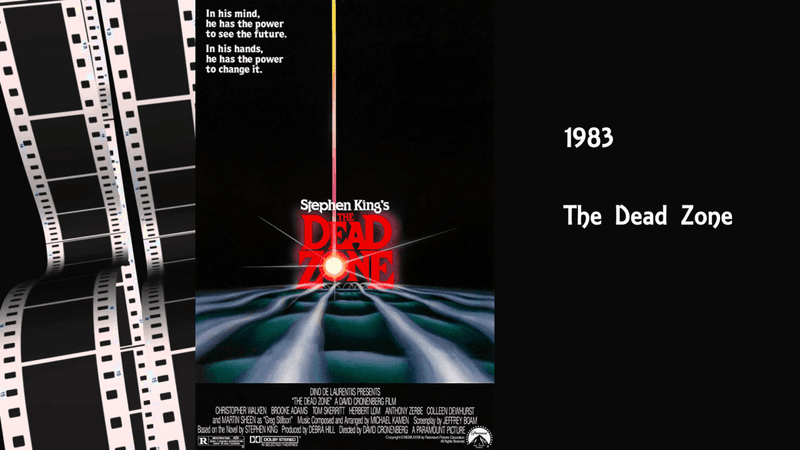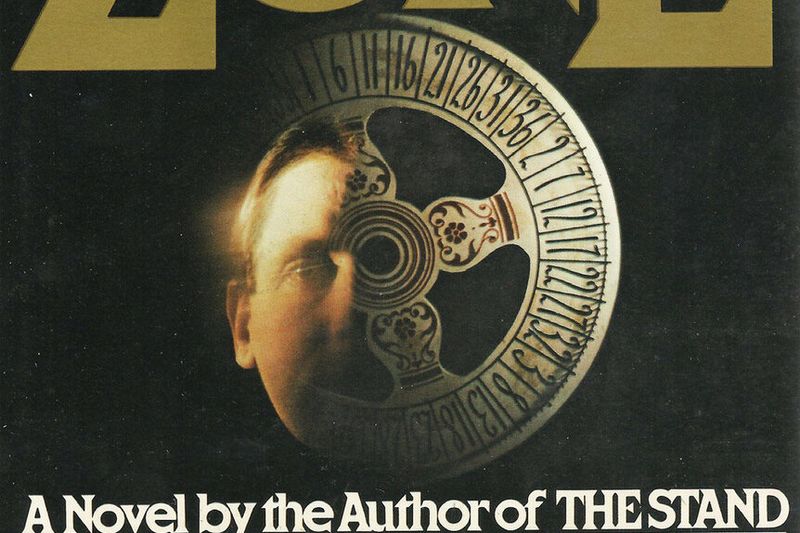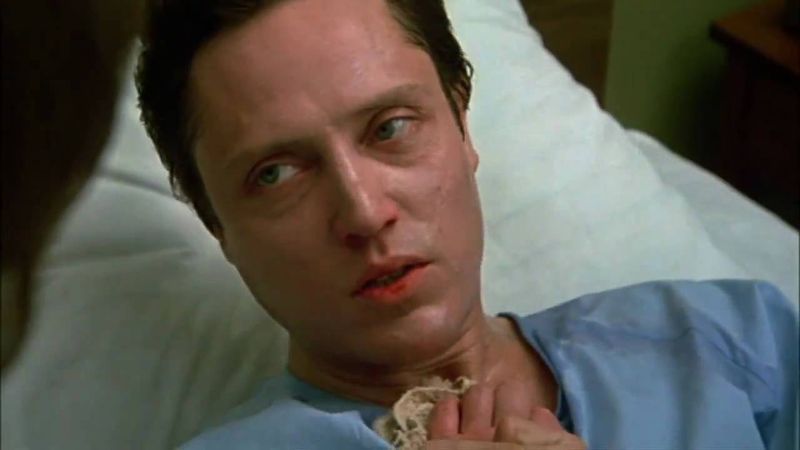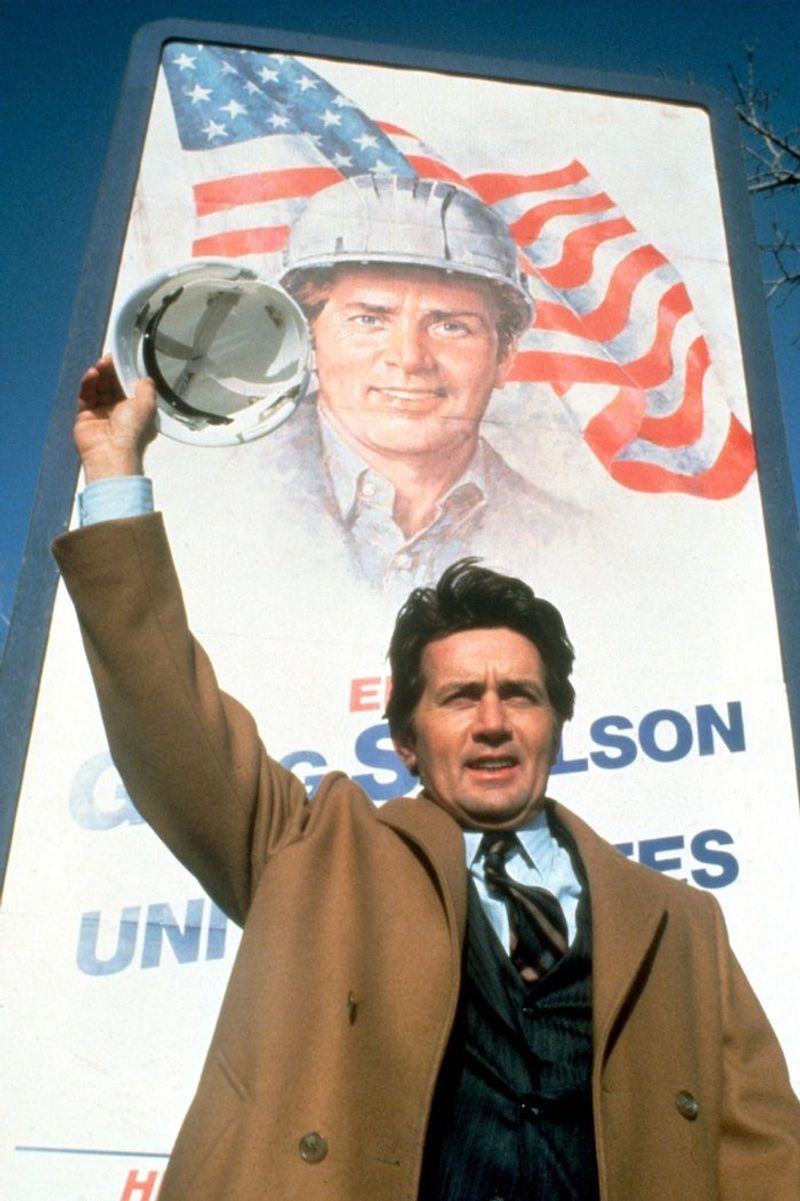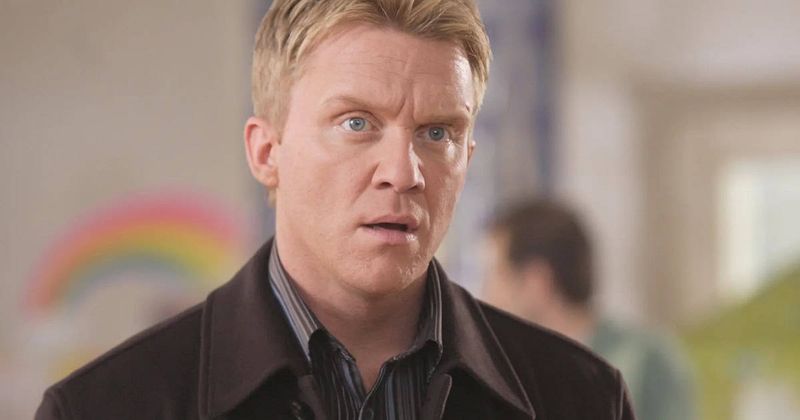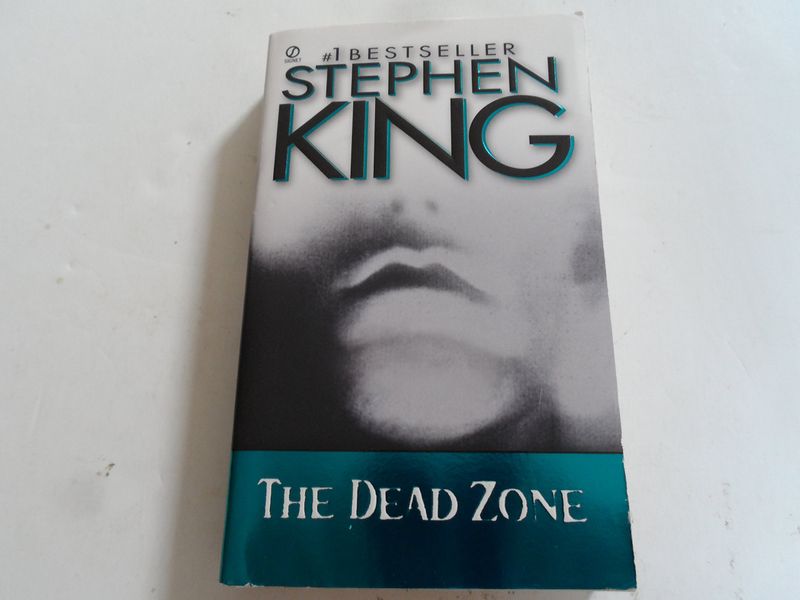Stephen King’s novel The Dead Zone created quite a stir when it was published in 1979. The story of Johnny Smith, a man who wakes from a coma with psychic abilities, pushed boundaries with its blend of supernatural elements and political commentary. This controversial book not only faced banning in schools but also transformed into a memorable 1983 film starring Christopher Walken that continues to captivate audiences decades later.
1. School Libraries Showed The Book The Door
The Dead Zone found itself on banned book lists across numerous American school districts throughout the 1980s. Parents and school boards objected to its violent content, dark themes, and politically charged narrative that some felt was inappropriate for young readers.
The novel’s exploration of assassination as a potential moral good particularly troubled censors. King’s unflinching portrayal of a psychic contemplating murder to prevent future atrocities struck a nerve in conservative communities still reeling from real-world political assassinations and attempts of the 1960s and 70s.
2. King’s First Number One Bestseller
Despite—or perhaps because of—the controversy surrounding it, The Dead Zone became Stephen King’s first novel to reach the coveted #1 spot on the New York Times Best Seller list. This achievement marked a significant milestone in King’s career trajectory.
Before this breakthrough, King had already established himself with horror hits like Carrie, Salem’s Lot, and The Shining. The Dead Zone’s success, however, demonstrated his ability to transcend pure horror and tackle more complex psychological and political themes while maintaining his commercial appeal.
3. Cronenberg’s Surprising Directorial Choice
Horror maestro David Cronenberg seemed an unusual pick to direct The Dead Zone film adaptation. Known for his grotesque body horror in films like Scanners and Videodrome, Cronenberg’s approach to King’s story surprised many with its restraint and psychological depth.
The Canadian director largely abandoned his trademark visceral style for a more contemplative approach. His decision to focus on Johnny Smith’s emotional isolation rather than the supernatural spectacle demonstrated his versatility as a filmmaker.
This creative choice resulted in one of the most critically respected King adaptations of the era, proving Cronenberg could excel beyond the body horror subgenre he helped define.
4. Walken’s Career-Defining Performance
Christopher Walken wasn’t the studio’s first choice to play Johnny Smith. Initially, producers considered more conventional leading men like Michael Douglas and Nicholas Campbell before Cronenberg pushed for Walken’s uniquely unsettling screen presence.
The gamble paid off spectacularly. Walken’s haunted eyes and distinctive cadence perfectly captured Johnny’s fragmented mental state and profound loneliness. His performance balanced vulnerability with intensity, creating a psychic protagonist audiences could genuinely empathize with.
Many critics consider this one of Walken’s finest roles, cementing his reputation for portraying complex, psychologically damaged characters with unexpected depth and nuance.
5. Critics Embraced The Supernatural Thriller
When The Dead Zone hit theaters in October 1983, critics responded with surprising enthusiasm. Roger Ebert awarded it 3.5 out of 4 stars, praising its intelligence and emotional resonance—rare acclaim for a horror adaptation in that era.
Reviewers particularly appreciated how the film avoided cheap scares in favor of genuine character development. The New York Times lauded Walken’s performance as “genuinely moving” while Variety called the film “an accomplished psychological thriller.”
This critical success distinguished The Dead Zone from many other King adaptations of the period, which often struggled to translate his literary horrors to the screen with comparable sophistication.
6. Martin Sheen’s Chillingly Prophetic Villain
Martin Sheen delivered a masterfully unnerving performance as Greg Stillson, a charismatic yet dangerous political candidate. His portrayal of a populist demagogue willing to do anything for power resonated deeply during the Cold War era.
Sheen, primarily known for heroic roles at that time, embraced Stillson’s megalomaniacal tendencies with disturbing conviction. The character’s public charm masking private instability created a political villain far more sophisticated than typical movie antagonists.
Decades later, Sheen’s performance continues to feel eerily prescient, with viewers across generations noting uncomfortable parallels to real-world political figures who rise to power through populist appeal.
7. King’s Personal Demons Influenced The Story
Stephen King has openly acknowledged that he wrote The Dead Zone during one of the darkest periods of his life. His escalating struggles with alcohol and cocaine addiction coincided with the novel’s creation, influencing its themes of isolation and helplessness.
Johnny Smith’s disconnection from normal life after his coma paralleled King’s own feelings of separation from reality during this tumultuous time. The author later reflected that Johnny’s psychic burden represented his own fears about losing control.
This personal connection may explain why many readers find The Dead Zone among King’s most emotionally authentic works, despite its supernatural premise.
8. The Moral Dilemma At The Story’s Heart
Both the novel and film pivot around an age-old philosophical question: If you could go back in time and kill Hitler before his rise to power, would you? Johnny Smith faces this exact moral predicament when his psychic visions reveal Stillson’s catastrophic future.
This ethical conundrum elevates The Dead Zone beyond typical thriller territory. Johnny must weigh his personal morality against the greater good, questioning whether assassination can ever be justified, even to prevent nuclear apocalypse.
King brilliantly structures the narrative to make readers complicit in Johnny’s decision-making process, forcing them to confront what they might do with such terrible foreknowledge.
9. King’s First Deep Dive Into Political Fiction
The Dead Zone marked Stephen King’s first significant venture into political storytelling. While his earlier works touched on social issues, none had directly engaged with American political culture and its potential dangers as explicitly as this novel did.
King crafted Greg Stillson as a reflection of his concerns about populist extremism and nuclear anxiety during the late 1970s. The author drew inspiration from the political turbulence following Watergate, creating a story that examined how charismatic figures could manipulate democratic systems.
This political dimension expanded King’s reputation beyond horror, demonstrating his ability to use supernatural elements as vehicles for social commentary.
10. Walken’s Iconic “The Ice Is Gonna Break!” Scene
Few moments in 1980s cinema are as instantly recognizable as Walken’s intense delivery of Johnny’s warning: “The ice is gonna break!” This pivotal scene, where Johnny foresees a boy’s tragic accident, established the character’s psychic abilities while showcasing Walken’s distinctive acting style.
The sequence brilliantly balances supernatural drama with human emotion. Johnny’s frantic attempt to save the boy demonstrates both his gift’s power and its emotional cost, setting up the film’s central conflicts.
This scene became so memorable that it spawned countless parodies and impressions of Walken’s unique cadence, cementing both the actor and the film in pop culture history.
11. Real-World Events Shaped Stillson’s Character
King drew from America’s political landscape when creating Greg Stillson. The character’s blend of folksy charm, populist rhetoric, and hidden instability reflected King’s observations of political figures during the post-Nixon era.
The author was particularly influenced by the rise of televangelists and charismatic political outsiders who mobilized disaffected voters. King later mentioned that George Wallace’s presidential campaigns partially inspired aspects of Stillson’s appeal to working-class frustrations.
This grounding in real political dynamics gives The Dead Zone a documentary-like quality beneath its supernatural veneer, making Stillson a more believable and therefore more frightening antagonist.
12. The Television Series Extended The Story
Nearly two decades after the film’s release, USA Network launched a television adaptation starring Anthony Michael Hall as Johnny Smith. Running from 2002 to 2007, the series expanded King’s original concept into 80 episodes of psychic crime-solving and apocalyptic visions.
The show took significant liberties with the source material. Johnny’s coma lasted six years instead of five, and the Greg Stillson political storyline became just one of many ongoing narrative threads.
While purists debated these changes, the series introduced King’s story to a new generation and demonstrated The Dead Zone’s remarkable adaptability across different media and cultural moments.
13. From Banned Book To Academic Study Material
In a remarkable turnaround, The Dead Zone transitioned from banned book to respected academic text. Once removed from high school libraries, the novel now appears on college syllabi across multiple disciplines.
Literature professors analyze its narrative structure and character development. Political science courses examine its portrayal of demagoguery and democratic vulnerability. Philosophy classes debate the ethical questions raised by Johnny’s foreknowledge and moral responsibility.
This academic rehabilitation represents a common pattern with King’s work: initial dismissal as mere genre fiction followed by growing scholarly recognition of its literary merit and cultural significance as attitudes toward popular fiction evolve.
